Popular
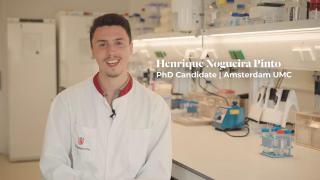
Innovation examples
HealthIn vitroOrgan-on-Chip
An iPSC-derived blood-brain barrier to model neurodegeneration
The blood-brain barrier is a layer of cells that protects our brain from harmful compounds. However, due to this tight barrier, many drugs to treat neurological diseases cannot enter the brain either.
There are currently no good models to test these types of drugs. Henrique Nogueira Pinto is a PhD candidate at the Vrije Universiteit in Amsterdam. He is developing a blood-brain barrier model coupled to mini-brains. With this model, he aims to more reliably test how drugs can be transported over the blood-brain barrier and what their effect on the brain is.
Click on the info button for the full version of the video. Click here (https://fluidsbarrierscns.biomedcentral.com/articles/10.1186/s12987-022-00316-0#Sec3) for a review of the current status of in vitro models for the blood-brain barrier.
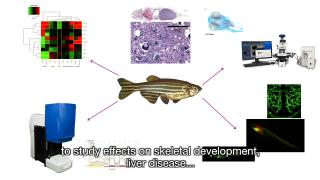
Innovation examples
HealthToxicology
Zebrafish in toxicity testing
Zebrafish are increasingly recognised as a useful model for toxicity testing of chemical substances. Testing strategies are becoming more based on mechanisms of toxicity structured in adverse outcome pathways describing the chain of events leading to toxicity or disease. Using a battery of dedicated in vitro and in silico assays, insight can be gained in how exposure leads to disease. For certain diseases it is known that toxicity relies on the interaction between different organs and cell types, which requires research on whole organisms in addition to simple in vitro models. The zebrafish is considered a valuable whole organism model in a mechanism-based testing strategy. At RIVM, the zebrafish embryo model is used for testing the effect of chemical substances on several adverse outcomes and diseases.
For more information see: https://ehp.niehs.nih.gov/doi/10.1289/EHP9888; https://doi.org/10.3390/ijerph18136717; www.linkedin.com/in/harm-heusinkveld
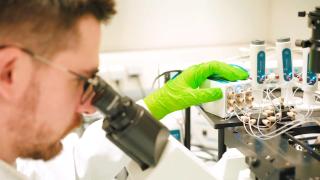
Innovation examples
ToxicologyIn vitroOrgan-on-Chip
Cartilage-on-a-chip for studying joint degenerative diseases
Carlo Alberto Paggi is currently a PhD candidate at the University of Twente in the research group of Prof. Marcel Karperien and Prof. Séverine Le Gac. Karperien’s lab focus on the biological aspects of osteoarthritic research while Le Gac’s specialize in organ-on-chip development. The project of Carlo Alberto is developing a joint-on-chip platform to create a reliable in vitro model to study disease progression in osteo- or rheumatoid arthritis. The model combines different organ-on-chips aimed at replicating each a tissue around the joint such as cartilage, bone and ligaments. This new technology focuses on better reproducing human models and at substituting the use of animal models for drug research. If you want to know something more about the project and the groups, you can follow the link in the video.
Carlo Paggi was nominated for the Hugo van Poelgeest prize for his research on a cartilage-on-a-chip model to study joint degenerative diseases
Karperien’s lab of Developmental Bioengineering: https://www.utwente.nl/en/tnw/dbe/
Le Gac’s lab of Applied Microfluidics for BioEngineering Research: http://www.severinelegac.com/
Linkedin: https://www.linkedin.com/in/carlo-alberto-paggi-76500b135/
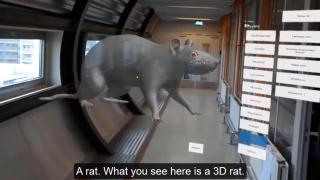
Innovation examples
EducationInnovation
Avatar Zoo - teaching animal anatomy using virtual reality
Animals are essential to train the next generation of scientists understand diseases and develop treatments for humans as well as animals. Therefore, animals are used for educational purposes. Technologies such as Virtual Reality and Augmented Reality can be employed to reduce the number of animals in the future. Prof. Dr. Daniela Salvatori is working on the development of 'Avatar Zoo' together with UMCU and IT. Live animals are replaced by holographic 3D in this flexible platform. With these holograms one is able to study the anatomical, physiological and pathological systems and processes of all kinds of animals.
Avatar Zoo won the Venture Challenge 2021 for the development of virtual reality models that can be used for anatomy classes and practical training.
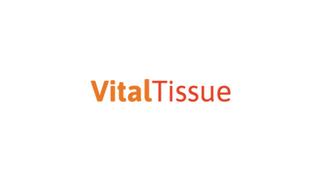
Projects and initiatives
HealthInnovationIn vitro
VitalTissue: scientific research can be more human(e)
The goal of VitalTissue is to facilitate the availability of vital human residual tissue for all researchers in the Netherlands. This video shows how VitalTissue works. From a request from a researcher, the donation of the residual tissue by the patient and the transport to the lab. This process is the result of a feasibility study conducted with many stakeholders. The national tissue bank ETB-BISLIFE will implement VitalTissue in practice.

Projects and initiatives
HealthInnovationPolicyBeginner
We all want a safer world for humanity, animals and the environment: Transition Animal-free Innovation
Why is the transition to animal-free research so important? What are animal-free models? How does TPI (Transition Animal-Free Innovation) encourage their development and use? And who are we working with to make this happen? We explain this in our animation.
More and more animal-free tests and research methods are becoming available, but not all research questions or safety tests can be answered in this way yet. In addition, the validation, qualification and acceptance of non-animal innovations still lags behind. Therefore, the Dutch Ministry of Agriculture, Nature and Food Quality (LNV) stimulates the development and application of animal-free innovations. This is done with the partner programme Transition Animal-free Innovation (TPI).
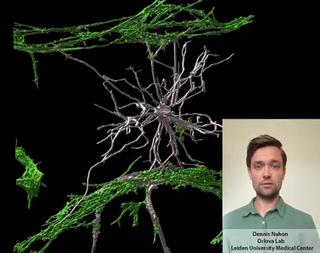
Innovation examples
HealthIn vitroOrgan-on-Chip
Stem cell derived Vessels-on-Chip to study brain disorders
Dennis Nahon is a PhD candidate in the Department of Anatomy and Embryology at the Leiden University Medical Center. In his research, under supervision of Dr. Valeria Orlova (https://www.orlovalab.com/) and Prof. Dr. Christine Mummery, he aims to mimic a blood vessel in the brain by combining different stem cell derived cell types, in a 3D Vessel-on-Chip model. Here, an example of these in vitro blood vessels is shown in which certain brain cells known as astrocytes (in white) interact with the blood vessels (in red). This model paves the way for investigating brain vessels outside the human body, while reducing the need for animal models.
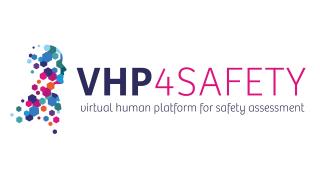
Projects and initiatives
HealthToxicologyIn vitroIn silico
VHP4Safety project
The safety testing of chemicals and pharmaceuticals traditionally relies on animal studies. However, these raise ethical concerns and often fail to accurately predict human responses. New scientific developments offer opportunities to build a Virtual Human Platform (VHP) for safety assessment, a platform that enables assessment based solely on human physiology and biology, integrating data from in vitro and in silico models. This video explains how we are developing the VHP through an interdisciplinary approach. Read the paper in the videolink or visit or VHP4Safety (https://vhp4safety.nl/) for more information.

Questions
HelpathonsHealth
Helpathon #2 - Can you help Ilze and Bram?
Developing and validating a vaccine against atherosclerosis in humans takes a long time; can Bram and Ilze accelerate this by using animal-free alternatives?

Expert interviews
HealthToxicologyIn vitro
Erwin Roggen, ToxGen Solutions: Applying animal free testing approaches
Erwin Roggen explains his role as pioneer in the development of technologies for animal-free application. His product, ToxGenSolutions, provides test methods required for modern testing and assessment of compounds and products. It builds on a virtual generic platform of leading test and technology developers providing novel technologies addressing key events in adverse outcome pathways.

Questions
HelpathonsEducation
Helpathon #3 - Can you help Daniela?
Daniela Salvatori calls for a Helpathon! She invites you to help her and TPI Utrecht to create a unique master course for animal free innovation. You can sign in for this Helpathon here: tpihelpathon.nl. Online, 18th - 19th of June 2020.
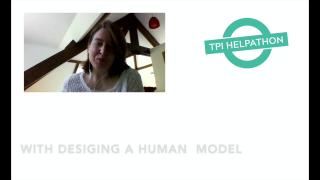
Questions
HelpathonsHealth
Helpathon #3 - Can you help Saskia?
Saskia van Mil calls for a Helpathon! She invites you to help her develop a human model for studying liver metabolism? You can sign in for this Helpathon here: tpihelpathon.nl. Online, 18th - 19th of June 2020.